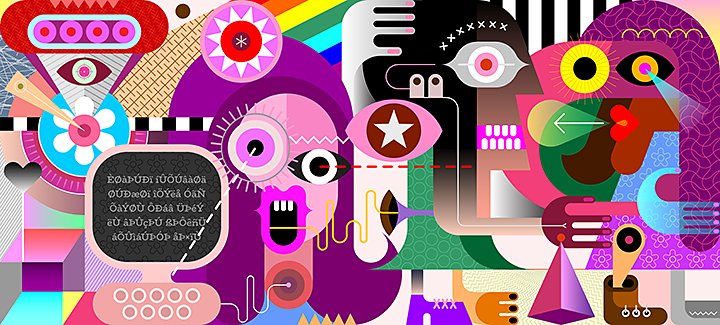The Evolution of Digital Art: From Pixels to Virtual Reality

The world of art has undergone a revolutionary transformation with the advent of digital technology. The evolution of digital art has taken it from the humble beginnings of pixel-based graphics to the immersive realm of virtual reality. This journey has not only changed the tools artists use but has also redefined the very nature of artistic expression.
Digital art, in its early stages, was primarily associated with pixel-based graphics. Artists began to explore the possibilities of creating visual art using computers, manipulating individual pixels to form images. This era marked the birth of pixel art, characterized by its blocky and often retro aesthetic. From pixelated sprites in video games to early computer graphics, digital art started to make its mark.
As technology advanced, so did the capabilities of digital art. The introduction of graphic tablets allowed artists to move beyond the limitations of a mouse, enabling them to create more fluid and intricate pieces. Digital painting became a prominent medium, bridging the gap between traditional and digital art. Artists could now emulate the texture of traditional brushes while enjoying the advantages of an undo button and the ability to experiment with different layers.
The shift towards three-dimensional digital art opened up new dimensions for artistic exploration. Software like Blender and ZBrush empowered artists to sculpt virtual clay and build intricate 3D models. This evolution was not just limited to static images; digital artists began to explore animation, giving life to their creations in ways that were previously unimaginable.
One of the most significant leaps in the evolution of digital art came with the rise of virtual reality (VR). VR technology allowed artists to create immersive experiences where viewers could step into the artwork itself. This marked a departure from the traditional notion of art as something observed from a distance; now, it could be experienced firsthand.
Virtual reality art installations have become increasingly popular, providing audiences with an interactive and immersive encounter with the artist’s vision. Artists can manipulate space, scale, and perspective in ways that transcend the physical limitations of traditional art forms. VR painting tools like Tilt Brush enable artists to literally paint in three-dimensional space, turning the entire room into a canvas.
The evolution of digital art from pixels to virtual reality highlights the dynamic nature of artistic expression in the digital age. Artists continue to push boundaries, embracing new technologies and finding innovative ways to engage with their audiences. The journey from static pixel art to dynamic virtual reality experiences is a testament to the limitless possibilities that technology offers to the world of art.
